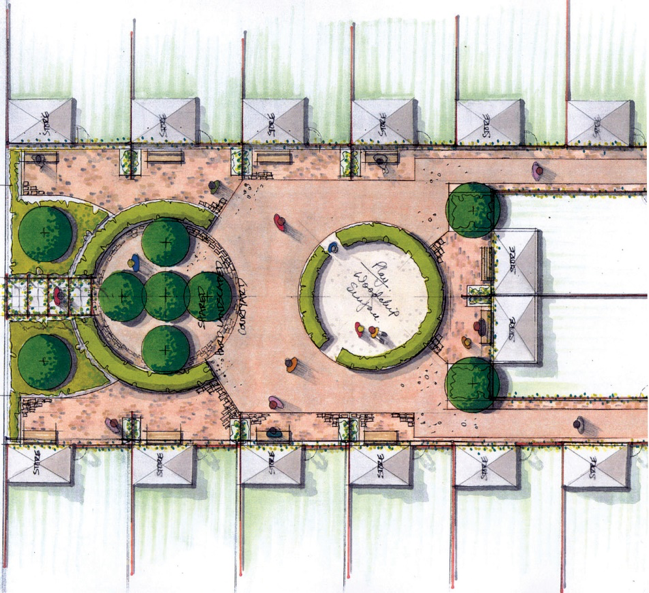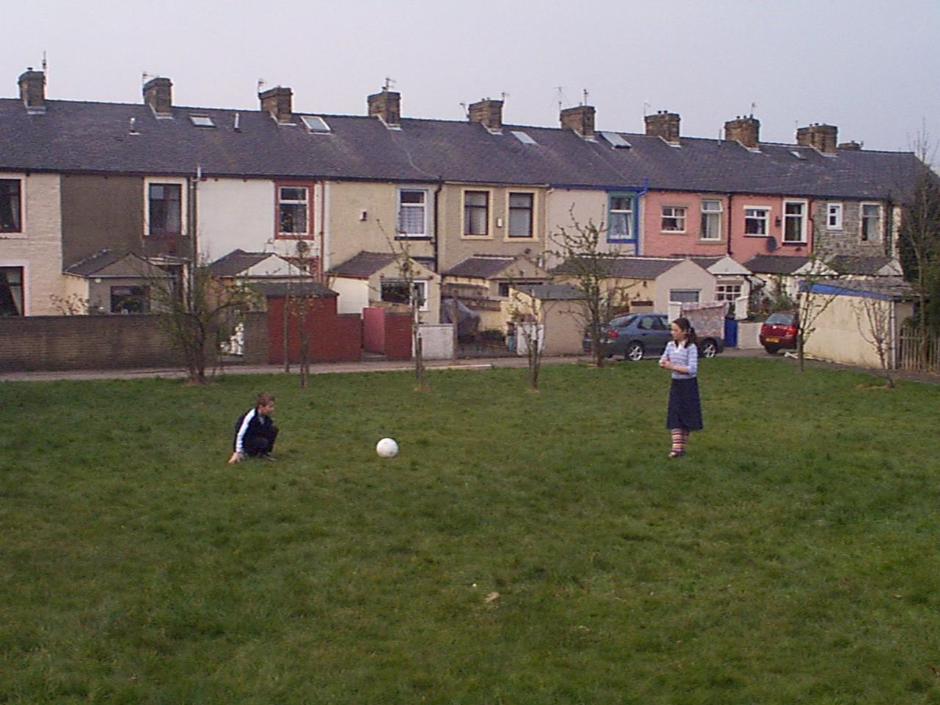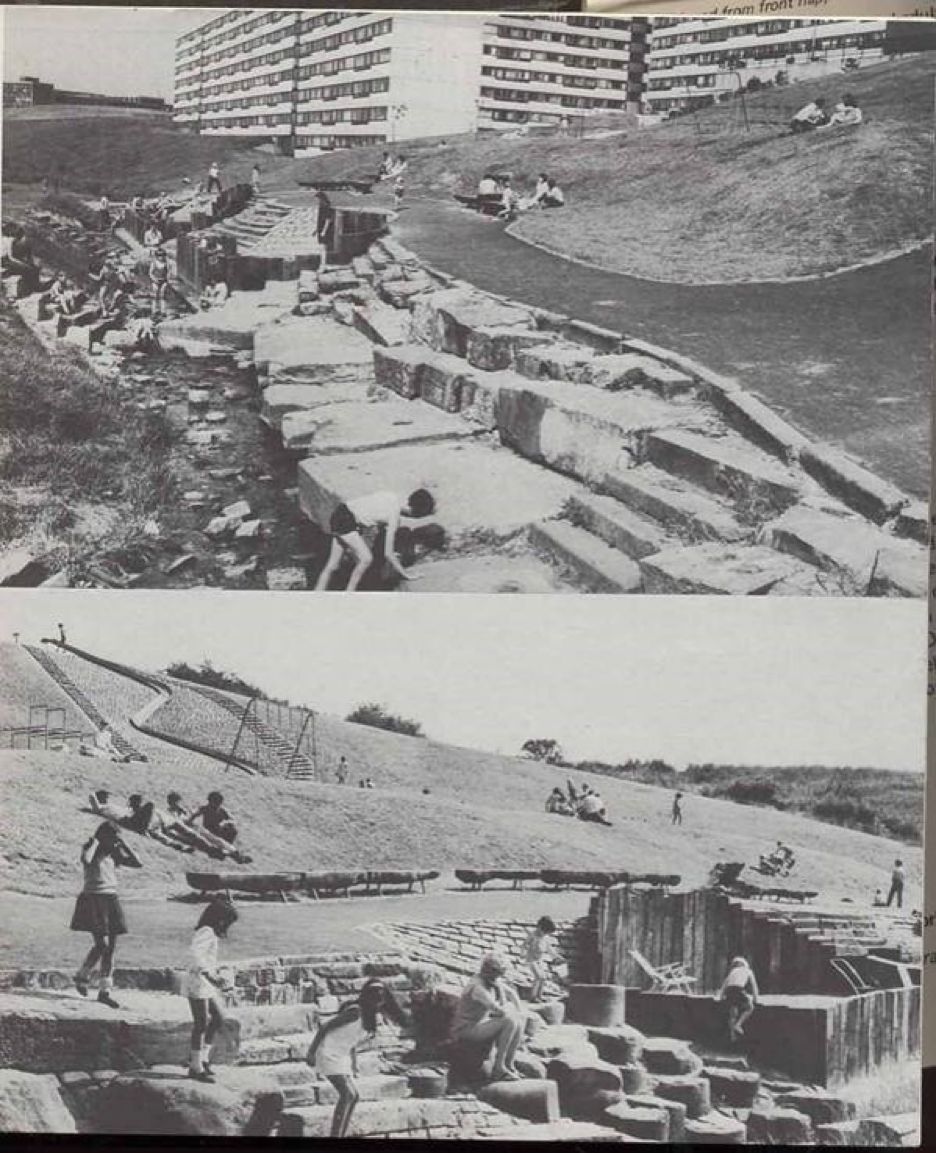When I started out in business with my wife selling second-hand clothes back in 1980, even my own family, who had witnessed me wearing secondhand clothes during my teenage years, thought I was bizarre for doing that. Buying your clothes from a charity shop was seen back then as a sign of someone hitting rock bottom financially and was also perceived by many as being dirty. It has taken almost 40 years since I started out for it to finally turn a corner and totally lose that stigma. For 20 years, the charity TRAID have played a pivotal role in helping to achieve that. The way they stock and design their shops, their commitment to second-hand clothes as a force for good and the fact that they also fund projects to improve sustainability in fashion by reusing clothes.
Charity shops aren’t a sign of ‘bang goes the neighbourhood’. Instead, they can be vibrant creative spaces where the public can shop second-hand and make more positive ethical choices. A TRAID charity shop is an attractive retail space on the high street often with window displays that stand out from the usual mundane retail brands. They have nailed the fact that well-presented second-hand shopping can be aspirational and deserves its place in any shopping centre or high street. On top of this, TRAID’s charity shops are cutting our carbon emissions by thousands of tonnes every year by reusing clothes, in a world where cutting carbon becomes ever more vital. Charity shops are part of a future where society is thankfully not obsessed with conspicuous consump – tion. They are an important element of a mixed retail offer – and not a sign that retail is declining. They are a sign that society cares and is evolving for the better. Here’s to another 20-years of TRAID and its success – ful work to make second hand not just acceptable, but desirable.


